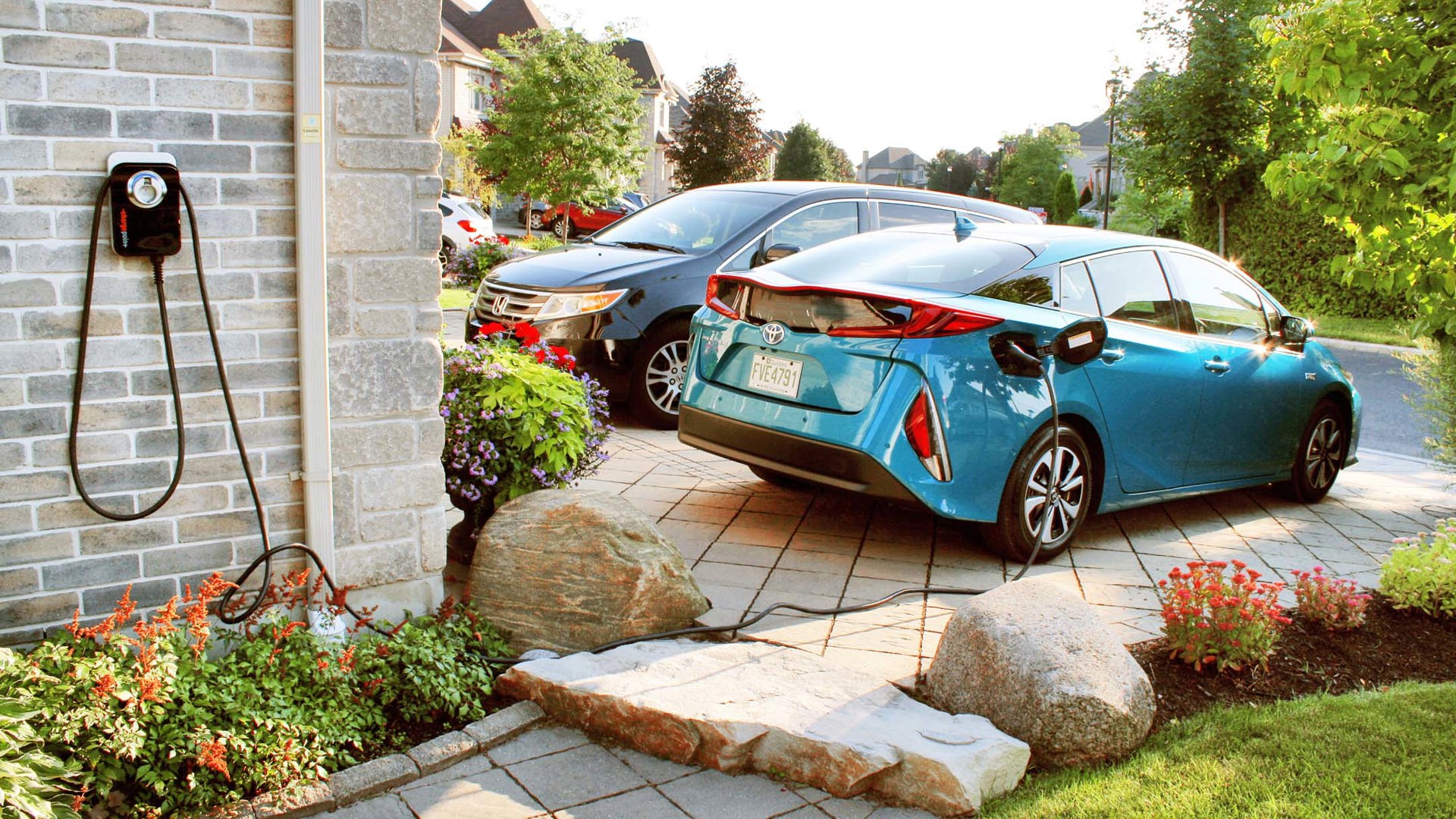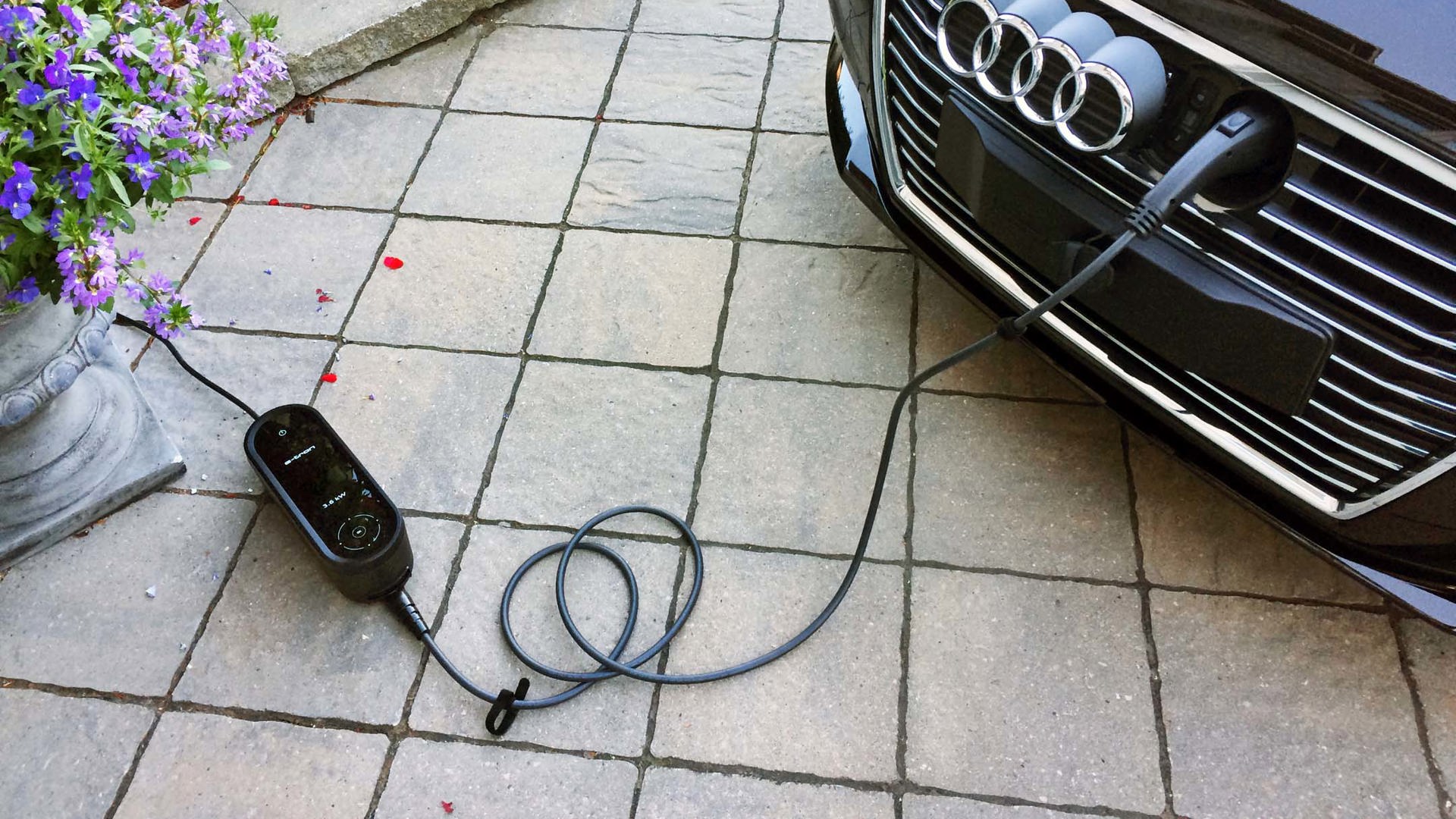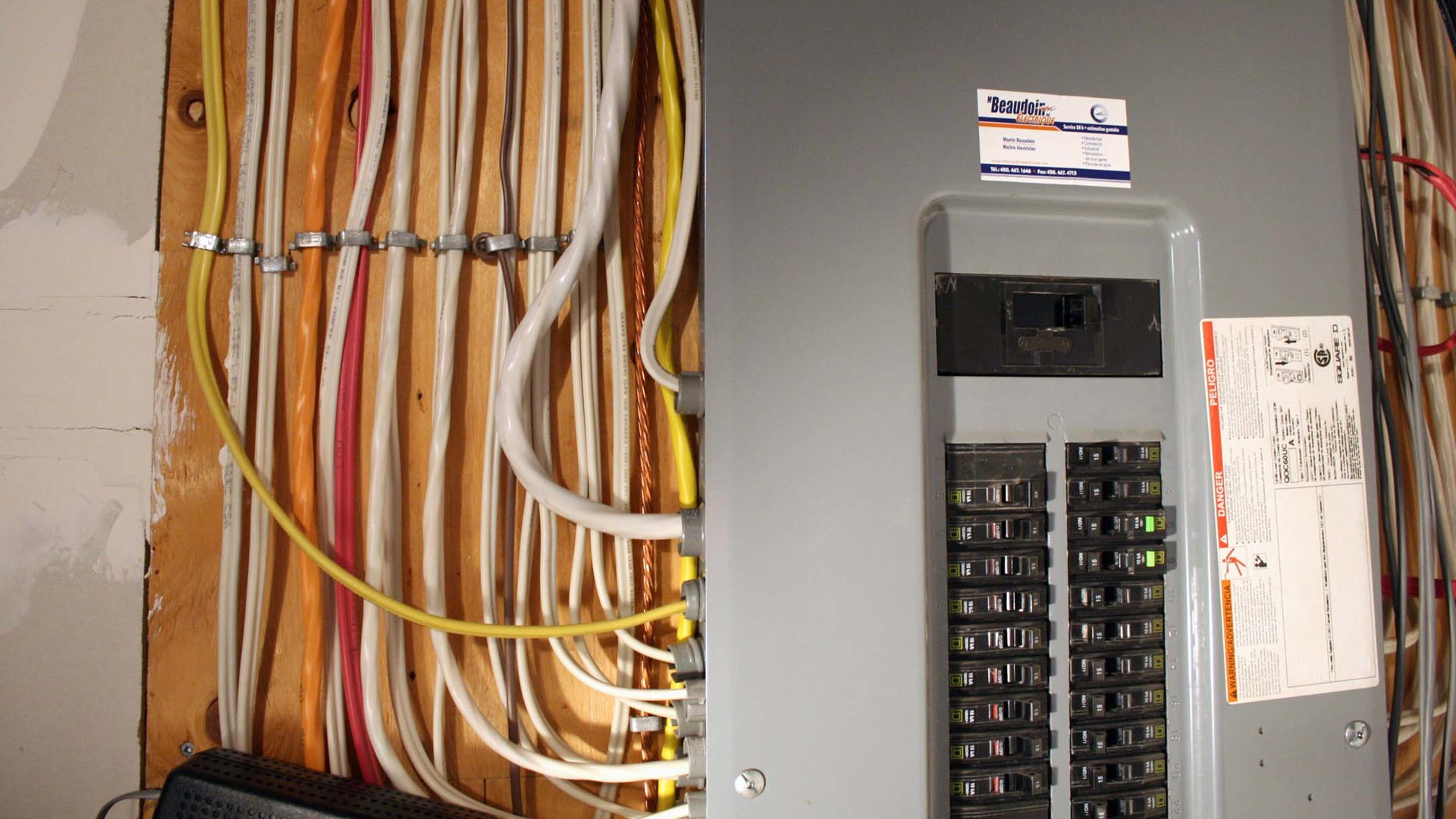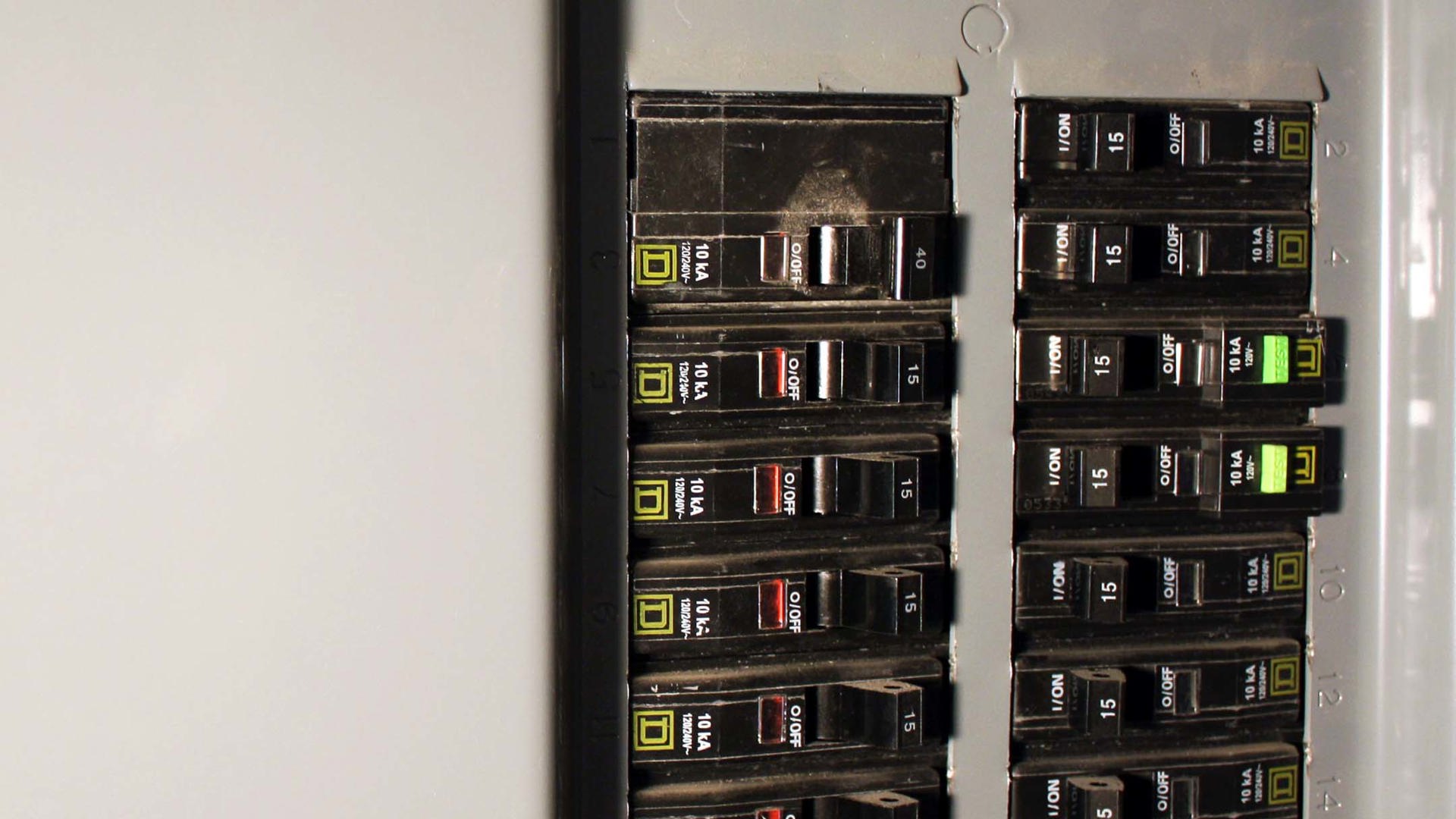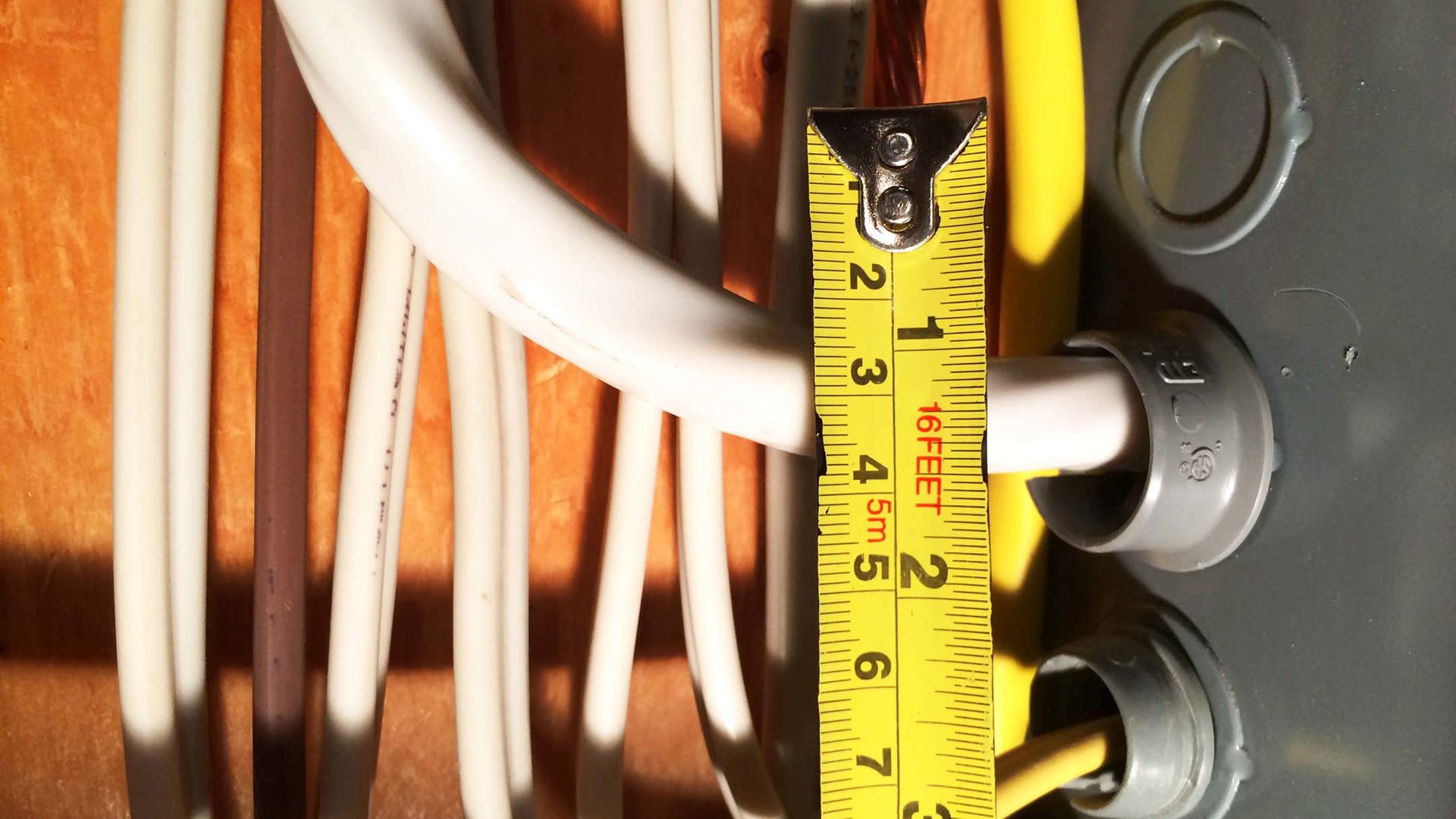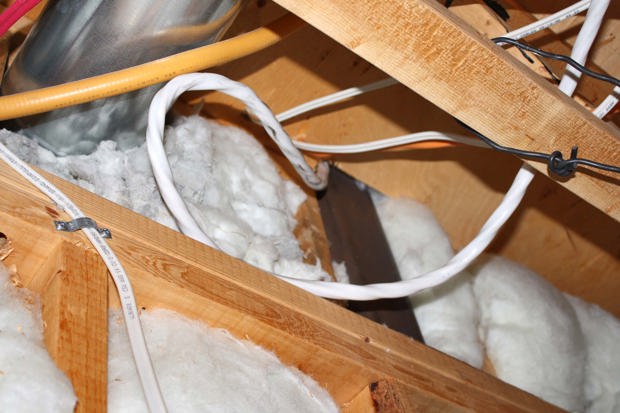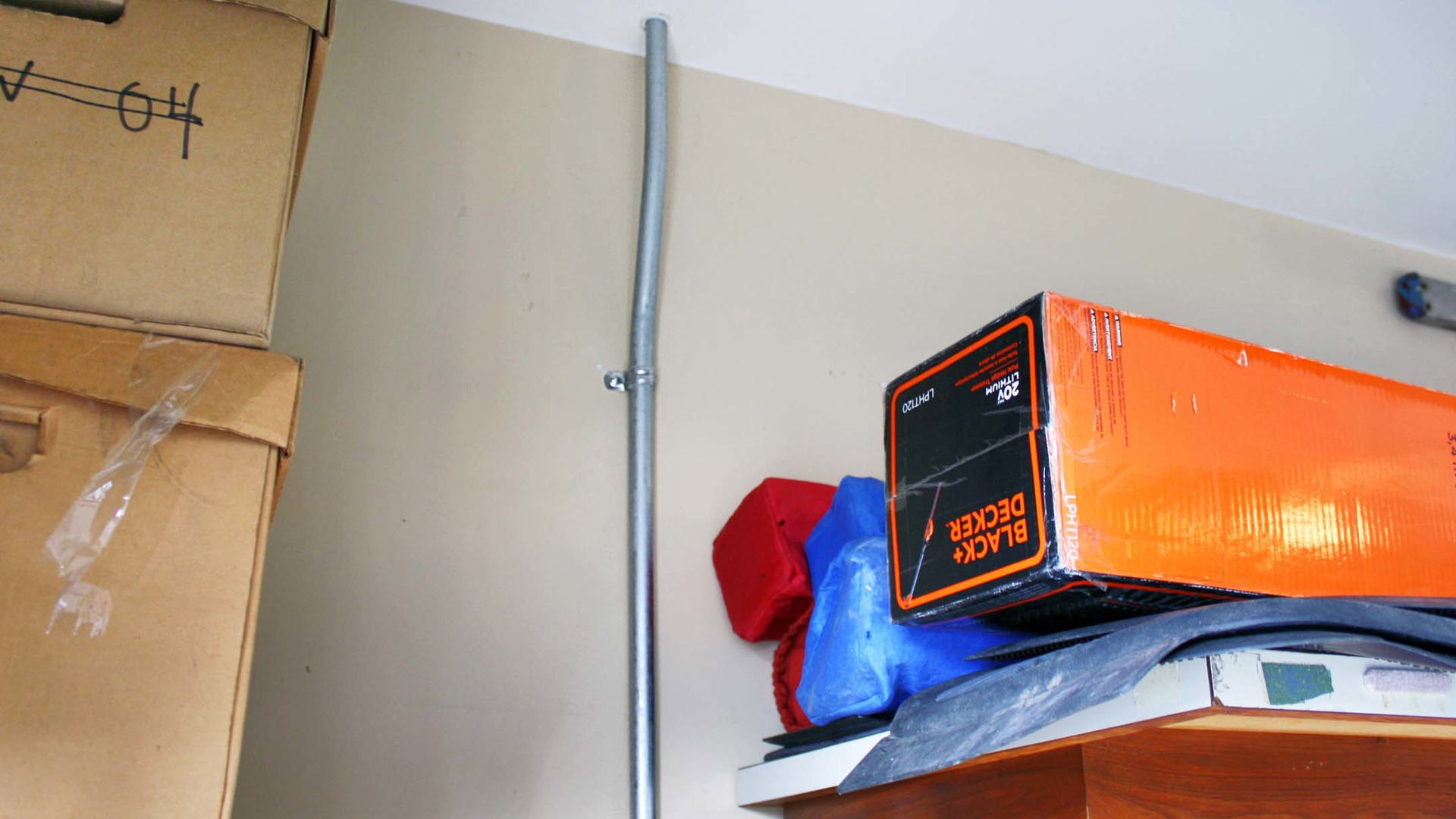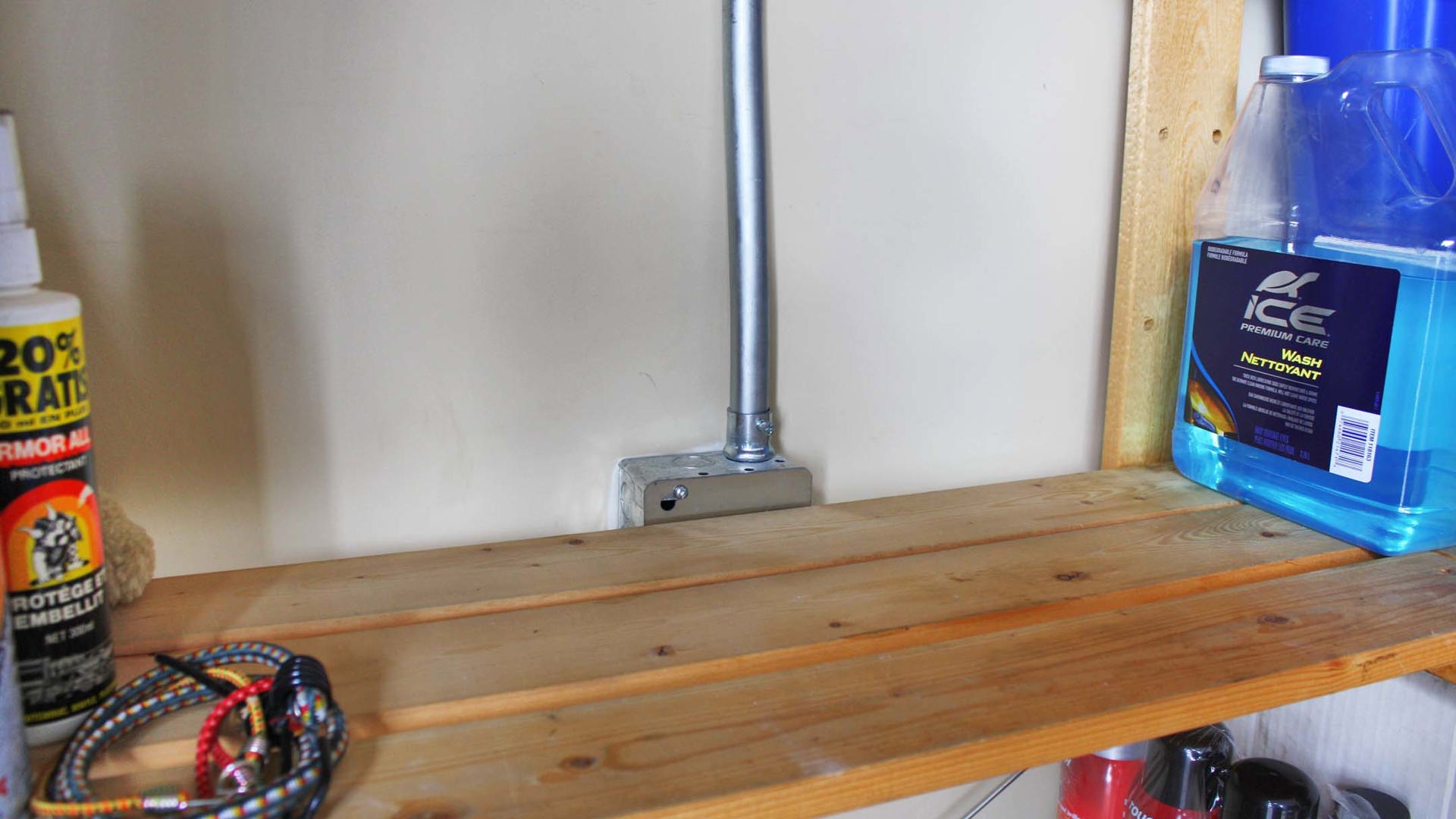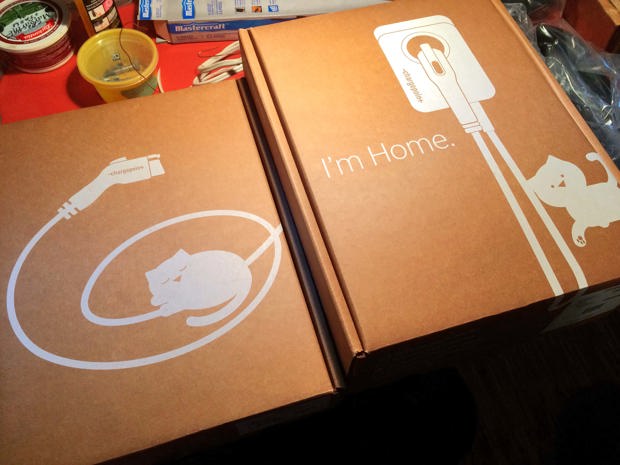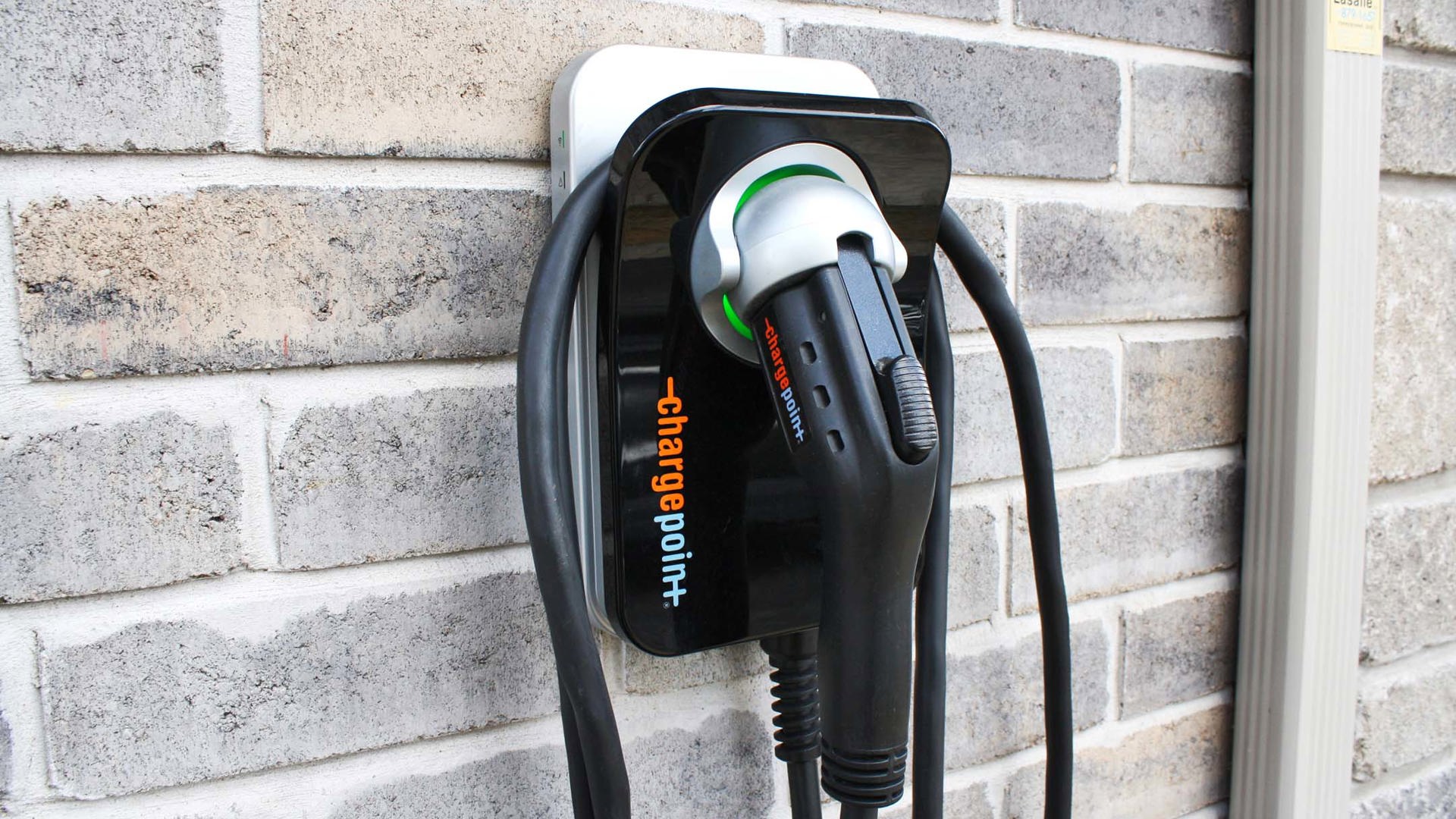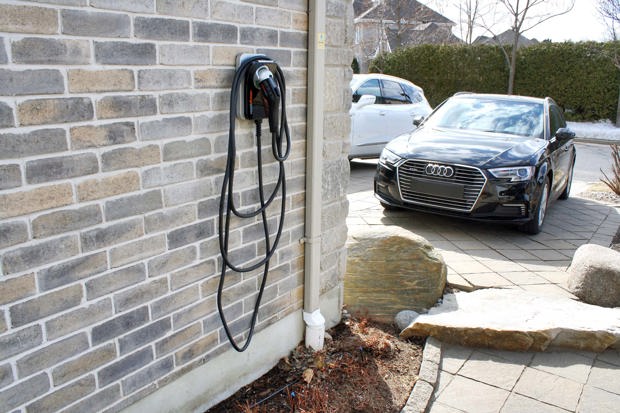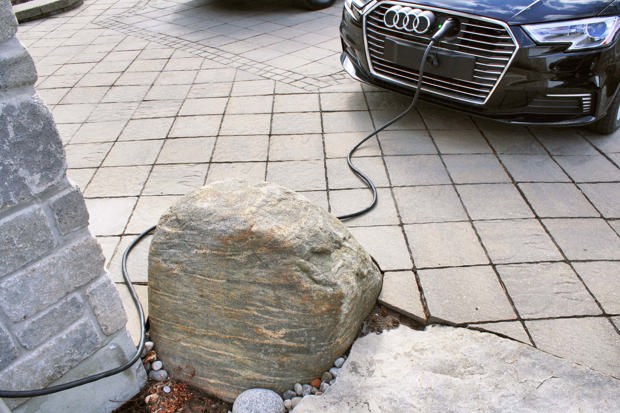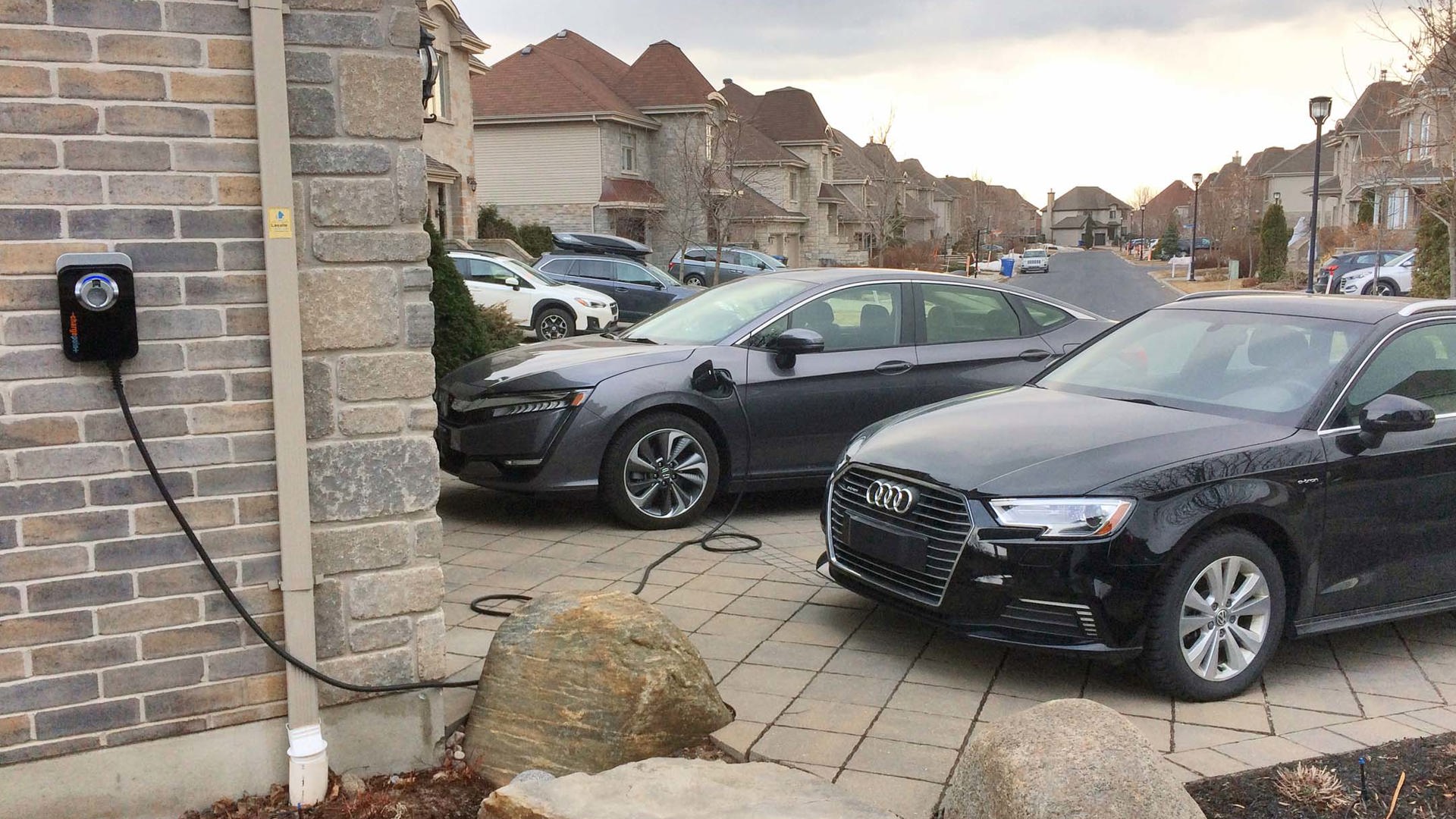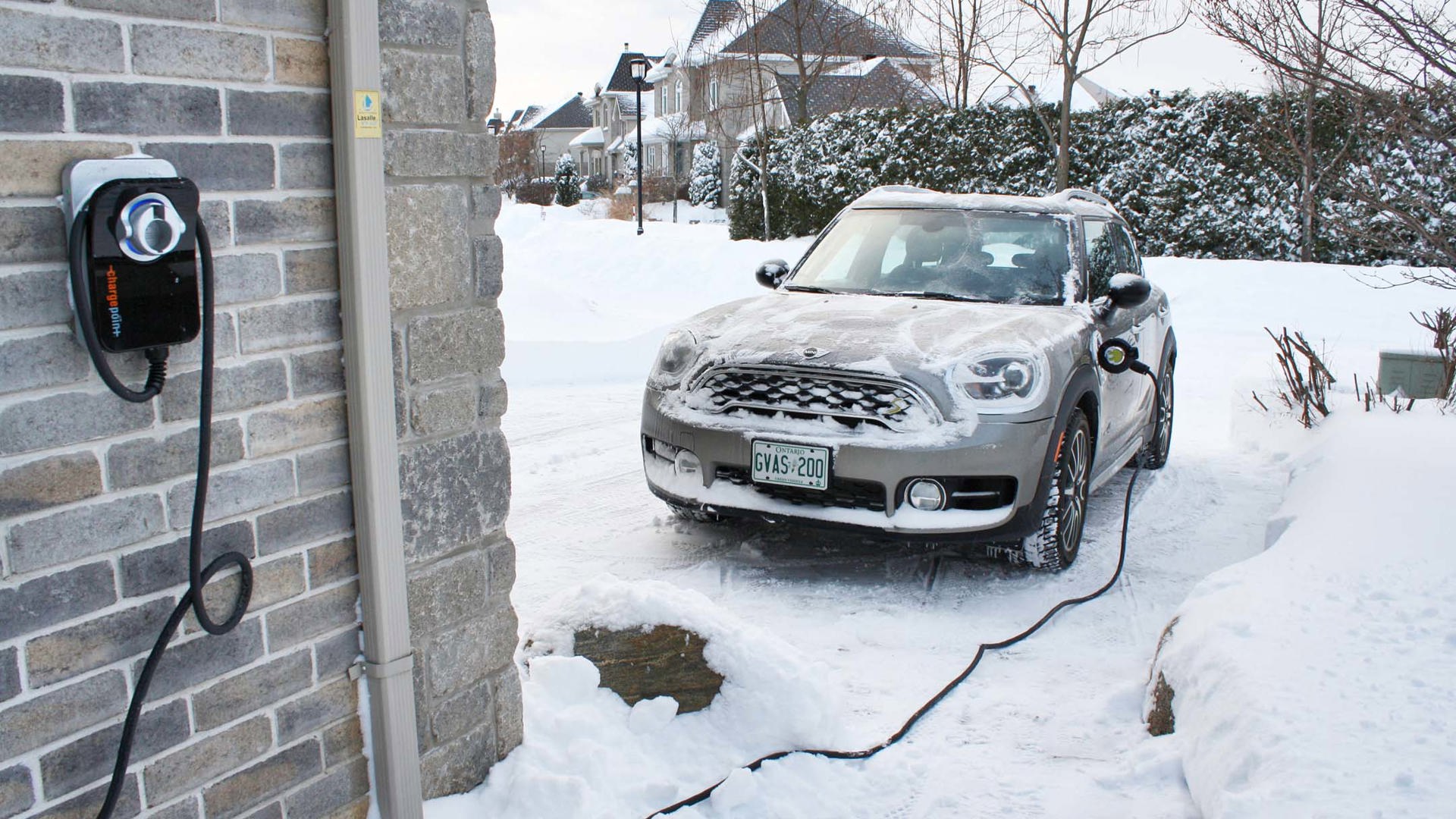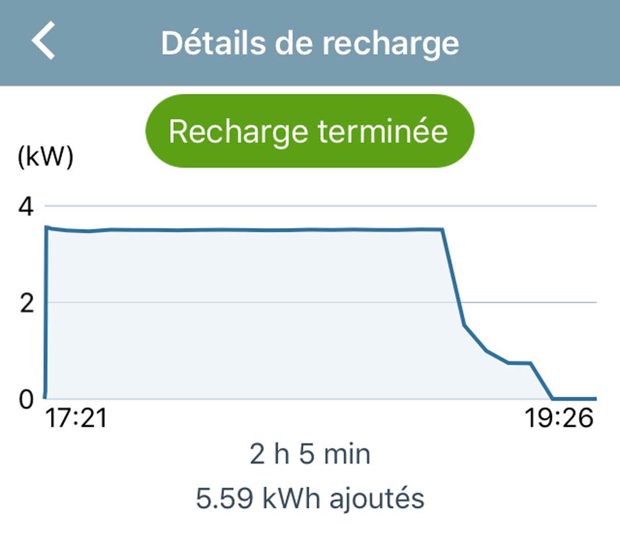Say you’re ready to adopt electric mobility for your commuting and daily errands: where will you charge the thing? If your plan is to rely on public charging facilities, remember that cold winter temperatures can cause severe loss of range. That’s why nine out of 10 EV owners charge at home, every day, usually overnight when utility rates are often lower.
To make your battery electric vehicle (BEV, or simply EV) or plug-in hybrid (PHEV) purchase complete, you’ll want a Level 2 electric vehicle supply equipment (EVSE), better known as a home charging station. All plug-ins come equipped with a portable charging cord that uses regular 120V outlets (Level 1), and could be a viable option for some PHEVs; but relying solely on Level 1 charging could leave your car spending more time parked in your garage than on the road.
So no matter what plug-in you’re considering, it’s a good idea to pre-assess the compatibility of your home to electric mobility before you make the leap. Some home charger installations can be as cheap as a discount-store flat screen, others costlier than your first car.
Picking the right home charger for your situation requires asking yourself a few questions before handing over your credit card. Consider the following points en route to your freedom from gas stations.
Provincial subsidies and conditions
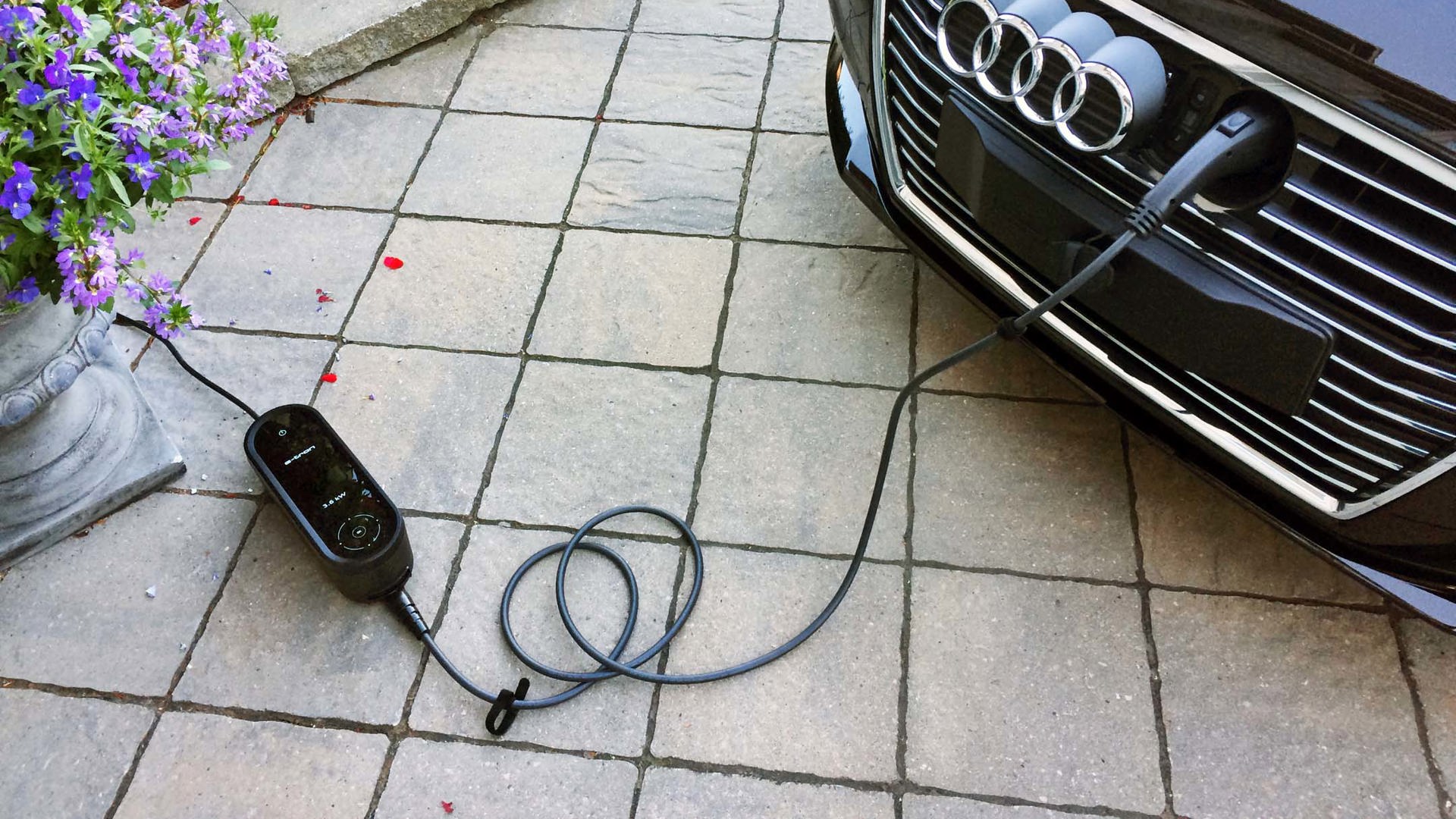
In Quebec, the maximum financial assistance from the province is $600 – $350 for the device itself and $250 for the installation. The home charger must be new, powered by a 208–240V supply, be approved by a recognized authority such as the CSA and be installed by a licensed electrician. As of this writing, the deadline to apply is December 31, 2020.
Good news: you can get the rebate even if you buy a used EV, as long as you, the new owner, live at a different address than the previous owner.
Ontario’s program will cover 50 percent of the purchase cost, up to $500, and 50 percent of the installation cost, also up to $500, for a maximum rebate of $1,000. Ontario allows installation by homeowners, but they must provide an ESA certification that the installation was done as per applicable standards and codes. The province has a list of eligible charging stations on its website.
British Columbia will reimburse 75 percent of purchase and installation costs of a home charger, up to $750. The device must be an approved 208–240V unit. Interestingly, new builds are not eligible, but second homes are. Installation by a licensed electrician is not mandatory, but an inspection is, no matter who does the work. BC also has a generous program for multiple-family buildings that ups the price cap to $4,000.
The home charger must have been purchased after January 31, 2018 to be eligible for the current program, and the home must be at least six months old. The logic is that a newly built home should have home charger integration in the first place.
If you live outside of these three provinces, check with your employer, local utilities, agencies, or electric vehicle promotion groups to find out if any incentives are available to you.
What’s your home situation?
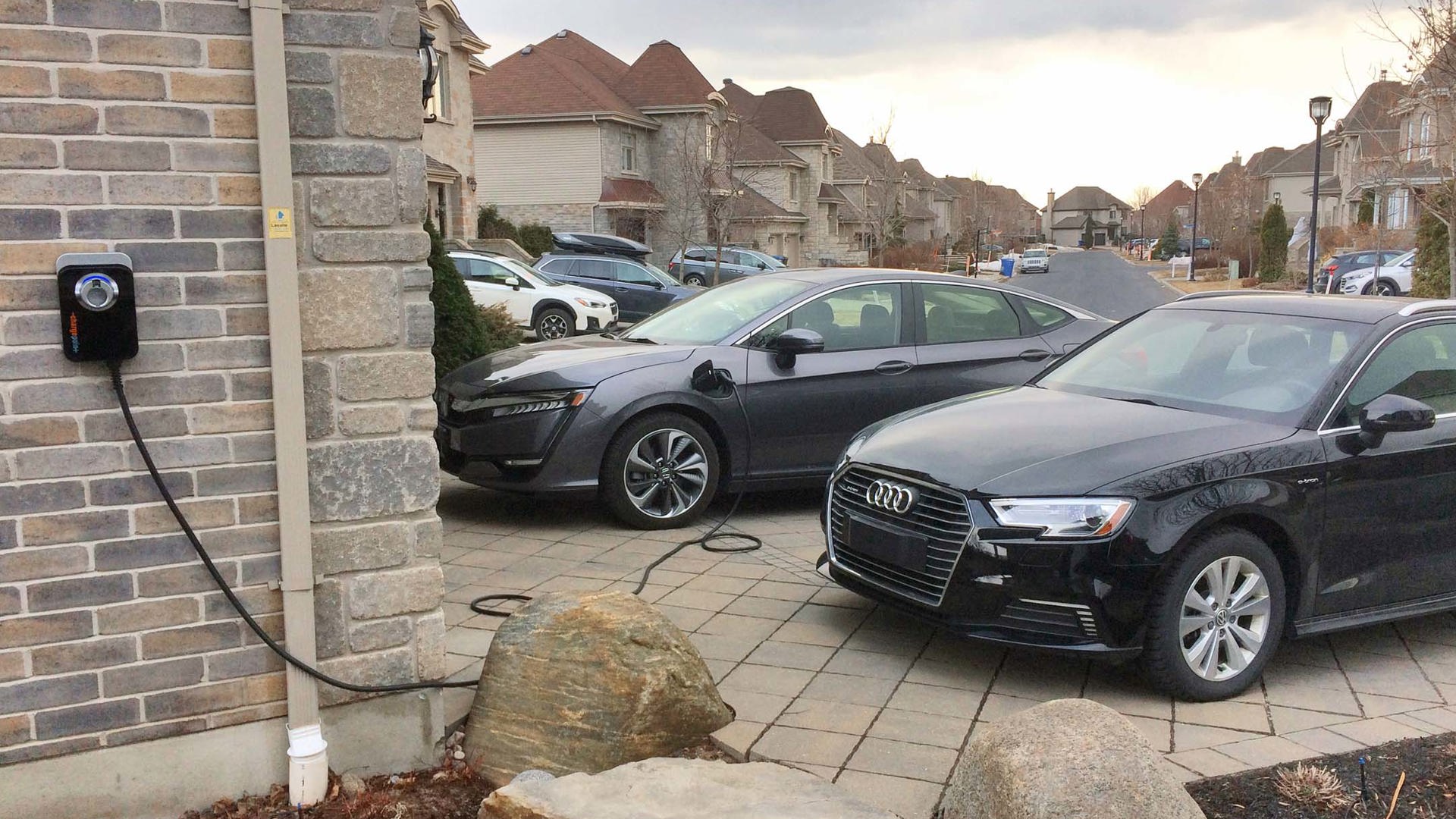
If you rent your home, your home charger project just hit a wall, as the provincial rebates only apply to homeowners. If you live in a condominium, you will have to discuss your project with condo management prior to any EV purchase. In older buildings, getting metered power down to your assigned parking spot could run costs into the thousands. Newer buildings often incorporate provisions for EV charging, and Ontario even changed its building code in January 2018 to mandate provisions to simplify the installation of EV chargers.
The good old detached family home is the ideal context for installing a home charger, as it usually comes with a private off-street parking space and multiple options for locating the charger hardware.
Amps, volts, and Levels
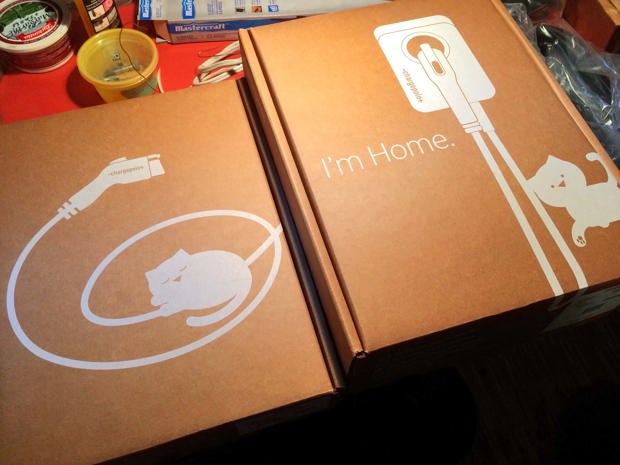
The Society of Automotive Engineers (SAE) regulates vehicle charging, from labels to the actual protocols. AC Level 1 is just a fancy name for a standard 110–120V electric outlet; the portable charger that comes with your vehicle uses that. While you will find wall-mounted 120V home chargers available for sale, there’s little advantage to them, unless you have to make do with a standard plug and don’t want to unwrap your portable charger all the time from the trunk.
By and large, home chargers are of the AC Level 2 type, using a 208–240V circuit. Typically, these units are available in 24, 32, or 40 amp versions. The higher the amperage, the faster the charge, as long as your vehicle is designed to take advantage of it, of course.
Very few first-generation plug-in vehicles can take advantage of 40A units, so check with your vehicle manufacturer before investing in one of these. Such a unit will future-proof your installation, but 32A charger form the bulk of the market at the moment and 40 amp units are more costly.
Unless you live in a plane hangar like Dirk Pitt, forget any thoughts of installing a fast charger at home (DC Level 3). These pricey behemoths are the size of two phone booths and need the sort of juice one doesn’t find in a residential zone.
Check your panel
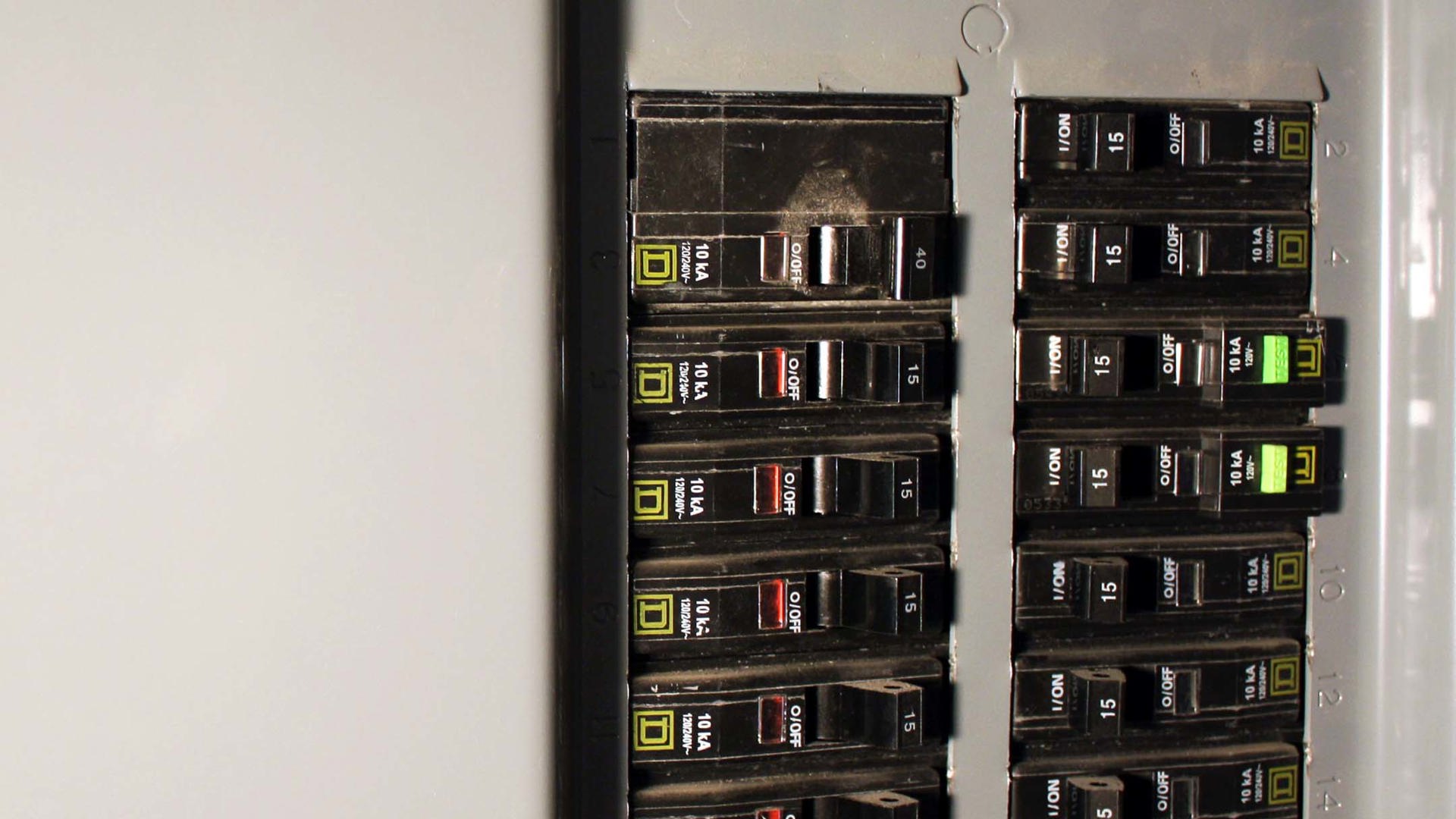
Before calling the electrician to get a quote, have a look at your electrical panel. Typical newer homes have a 200 amp panel. A home charger needs, in most cases, a dedicated 40 or 50 amp circuit. Look for clues on how loaded your panel is: Are there any empty slots in there? What’s the total you get when adding up the amperage of individual circuit breakers?
Your electrician will be the one to confirm if your panel is up to the task, but this little pre-check will get you ready for the sticker shock if your entire panel needs to be upgraded. If that’s the case, you may be entitled to government or utility company financial help, and possibly even a tax break.
Indoor or outdoor?
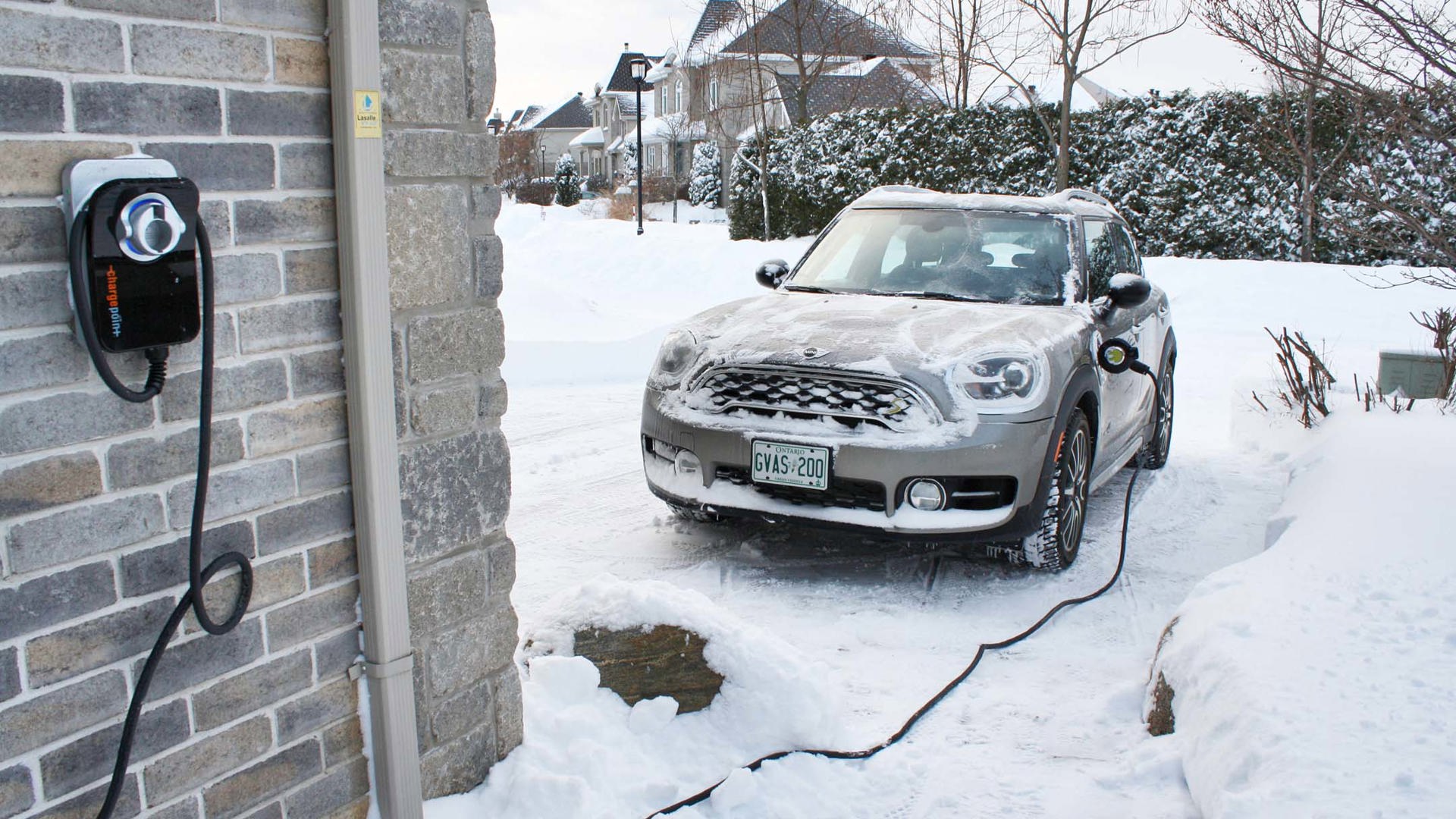
Before picking the make and model of your home charger, first decide if you will use an indoor or outdoor location. All units are fine for an indoor installation in your garage, but many are not certified for exposure to the elements. An outdoor location will pare down your options to just a few units.
Outdoor units are designed to withstand rain and snow while charging, as are the vehicles themselves, but remember that some EVs don’t do so well when exposed to extreme cold – again, check with your vehicle manufacturer.
Some designs may be more vulnerable to freezing rain events. Look for release mechanisms that might allow water to pool and freeze in the nozzle. With such chargers, keep a plastic bag in the car, and drape it over the nozzle to prevent any damage to the charger in such occasions.
Cable routing
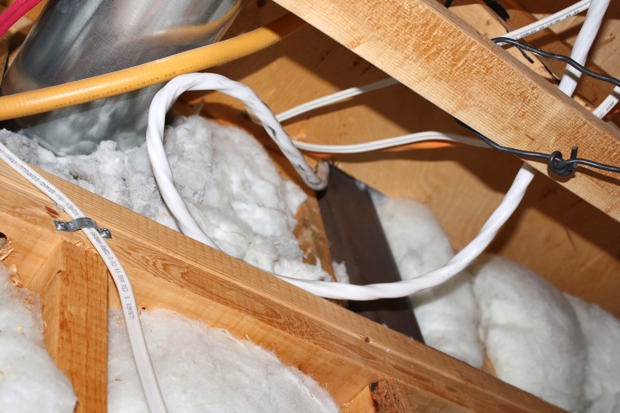
As any do-it-yourself-er can tell you, routing electric cables through closed walls can be a pain. Here’s where knowing the bones of your house pays off, because you and/or your electrician will have to figure out how to get a heavy-gauge wire from your electrical panel to your parking space.
Try to think ahead of the possible cable routes available in your home, and be ready to cross some options out before the electrician arrives, as tradespeople often default to the quick and easy solutions. You may not want to have an electrical conduit attached to your house’s siding, or to open up freshly painted walls to bypass unseen obstructions.
Plug-in or hardwired?
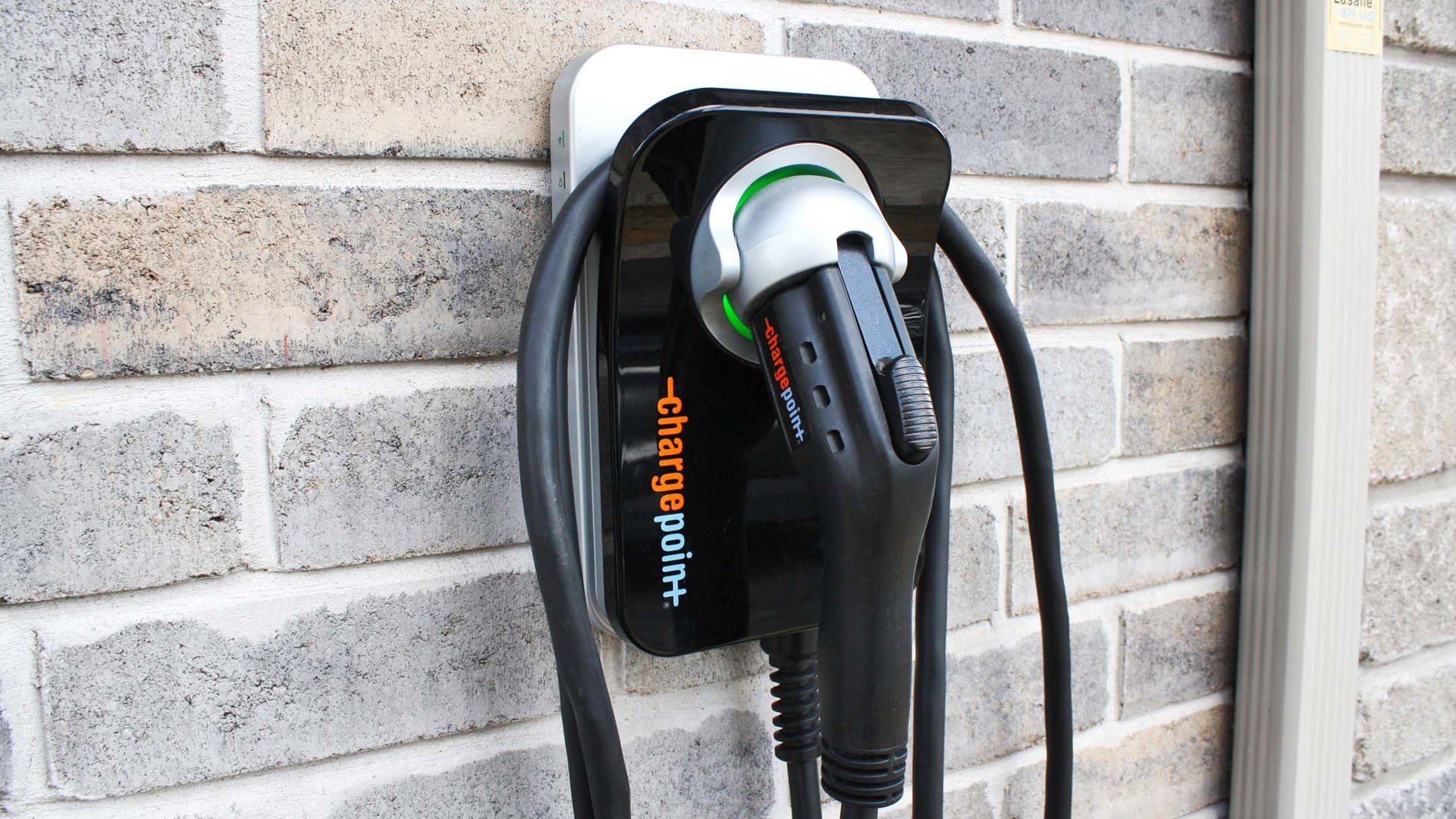
Home chargers come with two wiring options: plug-in or hardwire. Plug-in units feature the same type of 208–240V plug you’ll find on appliances such as an electric clothes dryer or kitchen range. If you rent your home and there’s a dryer in the garage, a plug-in charger is your ticket to electric mobility, but you’ll have to pick between the laundry or the car. Plug-ins are easier to install and can be moved around, say between your home and cottage, as they are independent of the wall box.
On the other hand, you’ll have an additional cable visible, plus the outlet itself, whose aesthetics tend to the industrial. Some plug-ins allow outdoor installation, but you must use a weatherproof box for the electric outlet and place it high enough on the wall so it won’t get covered by snow accumulation or splashed by lawn sprinklers and rain gutters. Some brands even require a wall-mounted electrical cabinet – not a pretty sight.
With a hardwired home charger, your unit will be fixed to the wall and directly tied into the circuit. Obviously, you won’t be able to move the unit around, but this provides a discreet installation, with all wiring hidden from view behind the unit.
How about Wi-Fi?
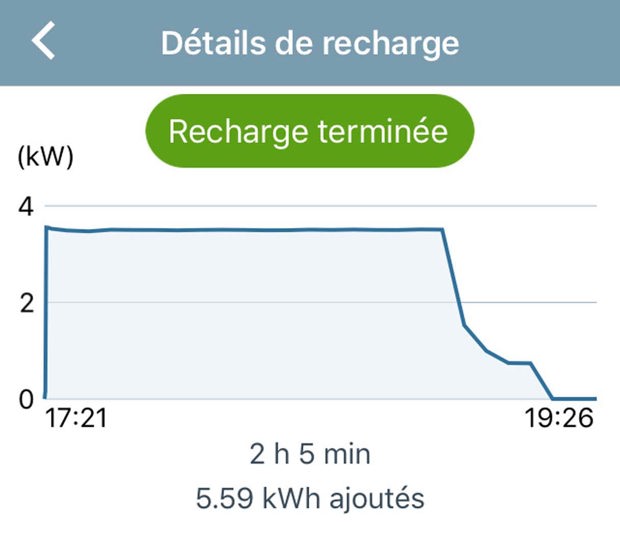
If you expense part of your vehicle use costs, consider Wi-Fi connectivity a mandatory feature. Such chargers come with phone apps or web portals that let you track charging status and power intake, and provide charts and statistics – which you may find useful regardless of your vehicle usage. Check manufacturers’ websites to see what features their apps offer, and pick the ones that serve your needs best.
Some home chargers have Wi-Fi enabled as standard, others are “future-proofed” for it (meaning you’ll need to pay for the upgrade to access it), and some don’t offer it at all. It’s an optional feature you can safely forgo if your budget is limited and you don’t need or want to follow up on your power intake.
Cable length, storage, and access
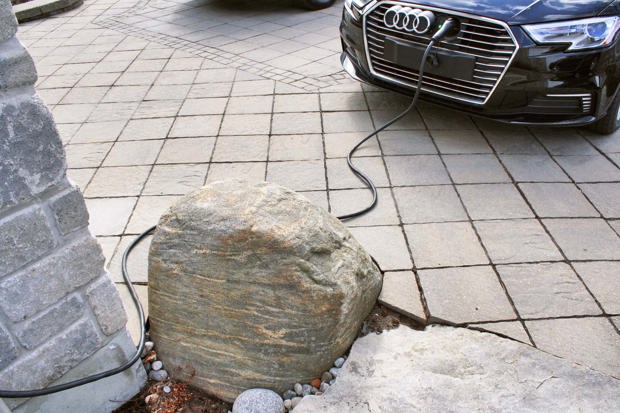
A 15-foot charging cord may seem long, but plugging in a car is not as simple as plugging in a floor lamp in your living room. In North America, AC Level 2 charging ports on vehicles follow SAE standard J-1772, so all charger nozzles will fit on all vehicles. However, there is no standard as to where the charging port is on the vehicle – it can be in the front grille, on the left fender, on the right fender, or somewhere else entirely. The port can be anywhere, and you don’t want the cable length to restrict what vehicles you can charge.
Think also of the “wasted” trajectory between the home charger and the car. You may have to pull that cable around the garage, landscaping, or stairs. Other obstacles, such as snow, may limit how close you can get your car to the charging spot – it’s much easier to adapt the cable run to the car than vice-versa. The 25-foot cable most brands offer should cover all situations. Even if there’s only three feet between your EV and planned spot for the home charger, get the longer cable option – it’s one less thing you’ll have to worry about when you buy another EV.
Don’t forget: you will have to store that long cable when not in use. Some units have built-in storage where you just wrap the cord around the unit. Others come with a separate hook, while some offer no storage at all. Many EV owners use garden hose wall supports for cable storage – if installed outside, make sure it’s high enough off the ground so nothing gets stuck in ice.
No matter where you install your home charger, make sure it is easily accessible in all seasons as you will be using it every day. Check with the permit and inspection services of your jurisdiction and comply with any bylaws that cover the installation of home chargers.
So, which one should I buy?
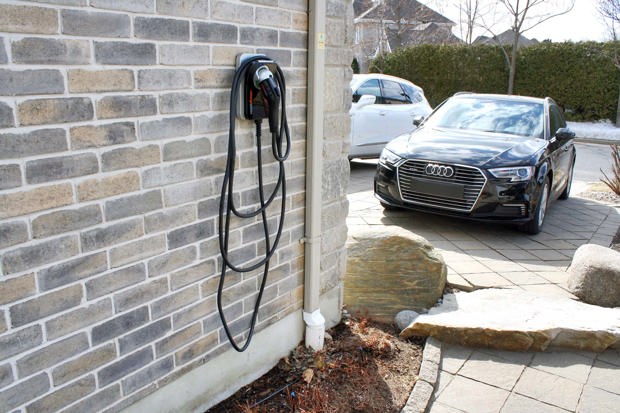
It all depends on your answers to the checklist and questions above.
Consider, for example, your author’s purchase criteria: detached house, Level 2 charging, plenty of amperage headroom on the circuit, outdoor installation, easy indoor routing for the wires, high priority on aesthetics, Wi-Fi power use monitoring required, and long cable needed with tidy storage a plus. The solution was a very compact hardwired ChargePoint 32-amp unit with a 25-foot cord and built-in Wi-Fi app for iOS.
Your perfect device may, of course, be different.
Where to buy?

We bought our home charger directly from its Canadian distributor through a seamless online process. All our questions were answered by email, and shipping was quick. At the dawn of the EV era, one had to contact an electrician to get charging devices; today, home chargers are easy to find, both online and in big-box stores. Local electric product distributors or electricians are often authorized resellers and may offer package deals for purchase and installation.
Don’t forget that vehicle manufacturers or dealers may have package deals on home chargers when you buy a new plug-in vehicle. Tesla in particular offers their own range of products that don’t follow industry plug standards; their cars can adapt to standardized home chargers, but other EVs can’t adapt to Tesla chargers.
Have it installed by an electrician
While most homeowners will take on some DIY work to save a few bucks, installing a home charger is a more complex project than simply adding a power outlet to your garage. A professional electrician will know all the local codes and regulations that apply in your locale, and will be able to pick the best wiring for your unit depending on length, exposure, routing, and amperage. Look for local referrals on websites for electric vehicle enthusiasts in your area, or with provincial EV associations.
